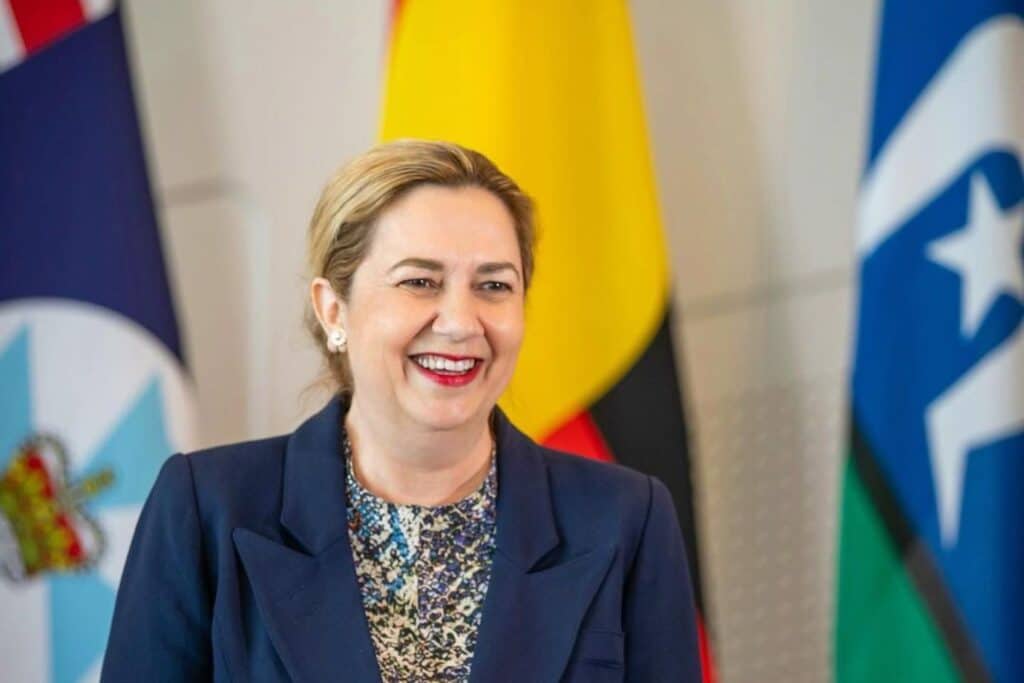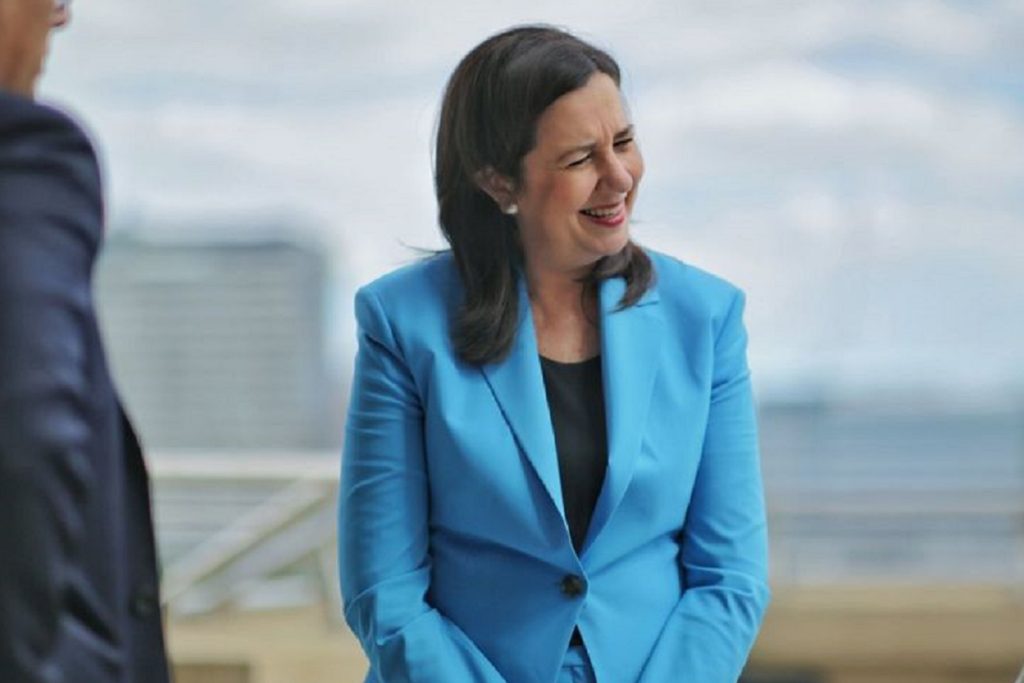It takes a lot to become one of just a handful of female premiers to have served in Australia, and a lot more to then take the record as the longest-serving woman to lead a state.
Annastacia Palaszczuk had already achieved both of these feats and much more when she announced on Sunday that she will officially leave office in the next week.
She goes after nine years as Premier of Queensland, following a short stint as Opposition leader following the 2012 Queensland state election that left Labor with just seven MPs. The fact that she could take a decimated party to victory within a few years of defeat is a remarkable achievement. That victory, in 2015, would see her become the first woman elected from the Opposition and the second female premier of Queensland. It also earned her the label of “accidental premier”.
In 2017, Palaszczuk led her party to victory again, becoming the first woman to be re-elected as premier. She won a third time in 2020, thanks to soaring popularity as Queenslanders appreciated her pandemic response, even where those in NSW and other states may have disagreed with the hardline border closures.
Palaszczuk also holds another record: she became the first state leader to appoint a majority female cabinet. And she will leave as one of few pandemic leaders still in power, with ACT Chief Minister Andrew Barr now the only state or territory leader who served through the pandemic remaining in office.
Some of Palaszczuk’s most notable policy achievements include the pandemic response, as well as her party legalising abortion under her leadership, and voluntary assisted dying.
And after three election wins, the Labor caucus of just seven that Palaszczuk started with has grown to 52.
Palaszczuk has had her fair share of controversy through her nine years in office, but arguably nothing like what other long-serving premiers and even short-term premiers have managed to rack up during their time.
Palaszczuk was emotional as she shared the news on Sunday at a press conference, declaring that “now is the time” to do something else.
She conceded also that she was considering retirement while she was “trying to have a holiday” in September with her partner in Italy — at a time when some commentators declared Palaszczuk was missing in action as the state was going through a difficult period.
But Palaszczuk said the final decision came last week.
“Finally, my mind was made up at the national cabinet last week when I saw so many new faces,” she said.
“Renewal is a good thing.”
She also used the press conference to highlight the mountain that she saw ahead of her when she initially became party leader following that shocking 2012 election result.
“I said that first election will be like climbing Mount Everest. I went on to climb that mountain twice more. I don’t need to do it again.”

Across various newspapers today, several political insiders and politicians are sharing that Palaszczuk quit before she was about to be pushed, and stepping down was not her decision. We’re also reminded of Labor’s dire standing in the polls in Queensland and of a predicted election wipeout in October 2024.
We’re reminded also that Palaszczuk returned from that holiday in September, declaring that she felt “refreshed” and energised and “absolutely determined to lead the party and the government to the next election. I just want to make that very clear to everybody,” she said at the time.
But leaders can change their minds. Leaders can and should also read the room, and take the opportunity to go when renewal could be the best step for those who remain. Following through with a change of heart is a far better outcome for everyone than clinging to power on account of words uttered months ago.
Palaszczuk says that she will have “no job come January”, but she will be out there promoting Queensland in some capacity.
“I have given it all and I have run a marathon.
“I’ve dedicated my whole life to community service. There’s no greater honour,” she said.
“Nine years, it feels like an eternity.”


